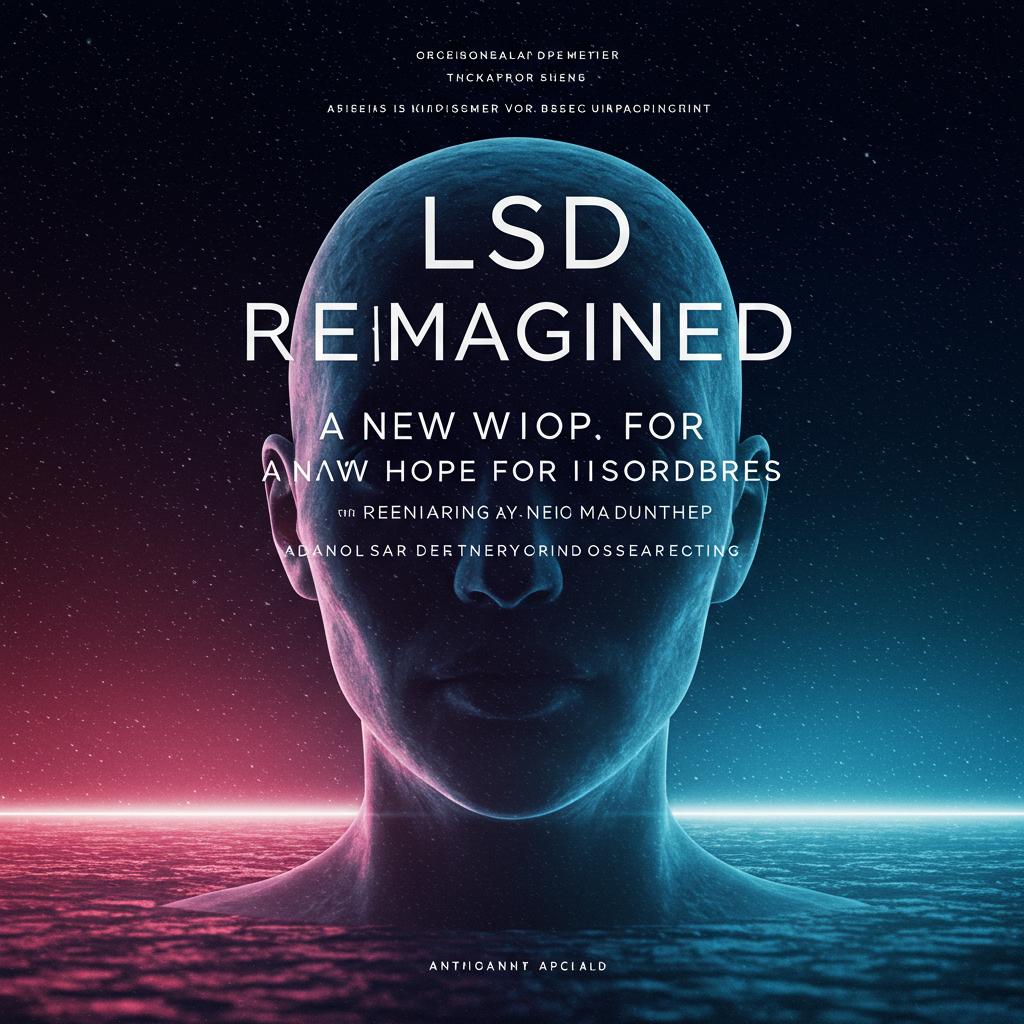
Ever wish there was a fast-acting antidepressant without the trippy side effects? Scientists are exploring just that! They’re looking at a modified version of LSD called 2-Br-LSD that could offer relief from depression without the hallucinations. Intrigued? Let’s dive into why this is such a big deal.
Traditional psychedelic treatments like LSD, while showing promise for conditions like depression, come with a significant hurdle: hallucinations. These can be intense and even distressing for some, limiting their widespread use. That’s where 2-Br-LSD comes in. It’s a close cousin of LSD, but with a crucial difference: it doesn’t seem to cause hallucinations.
Researchers have been busy investigating how 2-Br-LSD interacts with the brain. They’ve discovered some pretty interesting things:
- Targeted Action: 2-Br-LSD interacts with specific receptors in the brain called aminergic G protein-coupled receptors (GPCRs). Think of these receptors as little docking stations on brain cells. Different molecules can attach to these receptors, triggering various effects. 2-Br-LSD, in particular, interacts with the 5-HT2A receptor, which is believed to play a key role in mood regulation.
- No Hallucinations: In studies with mice, 2-Br-LSD didn’t cause the “head-twitch response,” a behavior linked to hallucinations in rodents. This supports the idea that it’s non-hallucinogenic in humans too.
- Safer Profile: Unlike LSD, 2-Br-LSD doesn’t activate the 5-HT2B receptor, which is associated with potential heart valve problems. This makes 2-Br-LSD potentially safer for long-term use.
- No Tolerance Build-up: Repeated use of some drugs can lead to tolerance, meaning you need higher and higher doses to achieve the same effect. Interestingly, 2-Br-LSD didn’t seem to cause tolerance in mice, which is another significant advantage.
- Promotes Brain Growth: In laboratory studies, 2-Br-LSD stimulated the growth of dendrites and spines in rat brain cells. Dendrites and spines are like branches and leaves on a tree, allowing brain cells to communicate with each other. This increased connectivity is thought to be important for mood regulation and learning.
- Boosts Coping Abilities and Reverses Stress Effects: 2-Br-LSD increased “active coping behavior” in mice – essentially, their ability to deal with stressful situations. It even reversed some of the negative behavioral effects of chronic stress. This suggests it could be helpful for people struggling with stress-related disorders.
- How It Works: The positive effects of 2-Br-LSD on behavior seem to be specifically linked to its interaction with the 5-HT2A receptor. Researchers confirmed this by blocking the receptor with a drug called volinanserin, which then prevented the beneficial effects of 2-Br-LSD.
So, what does all this mean? 2-Br-LSD offers a potentially groundbreaking approach to treating mood disorders like depression. Its non-hallucinogenic nature, combined with its promising effects on brain cells and behavior, makes it a very exciting area of research. While further studies are needed to fully understand its potential in humans, 2-Br-LSD could represent a significant step forward in the quest for faster-acting and more effective treatments for depression and other mental health conditions.
